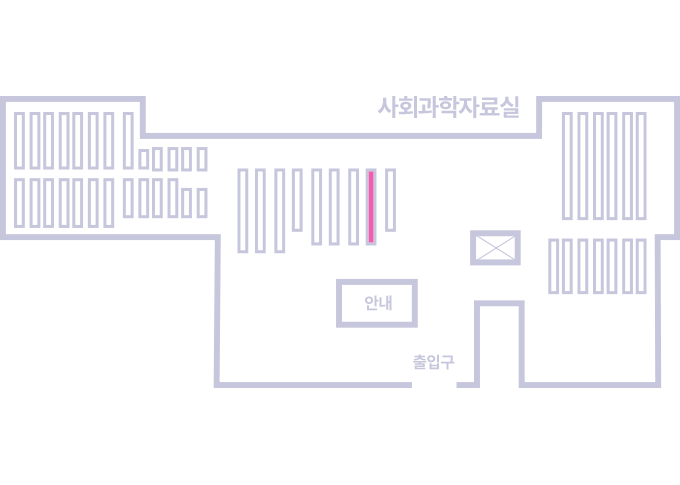권호기사보기
| 기사명 | 저자명 | 페이지 | 원문 | 기사목차 |
|---|
| 대표형(전거형, Authority) | 생물정보 | 이형(異形, Variant) | 소속 | 직위 | 직업 | 활동분야 | 주기 | 서지 | |
|---|---|---|---|---|---|---|---|---|---|
| 연구/단체명을 입력해주세요. | |||||||||
|
|
|
|
|
|
* 주제를 선택하시면 검색 상세로 이동합니다.
Title Page
Contents
LIST OF ABBREVIATIONS 8
Abstract 10
CHAPTER Ⅰ. INTRODUCTION 11
1.1. Overview of our Project 11
1.2. Visible Light Communication 15
1.2.1. The modality of visible light communication 17
1.2.2. Assessing of Visible Light Communication 18
1.2.3. Components of VLC 20
1.2.4. Advantages of VLC 21
1.2.5. Complications with the VLC system 22
1.2.6. Benefits of VLC 22
1.2.7. Modeling of an indoor visible light communication system 23
1.2.8. Visible Light Communication in Interior 24
1.3. Light Emitting Diode 25
1.3.1. Light Sources used in VLC 26
1.3.2. Various Types of LEDs 29
1.4. Machine Learning 30
1.5. Problem Statement 32
1.6. Objective of Project 32
1.7. Scope of Project 32
CHAPTER Ⅱ. REVIEW OF LITERATURE 33
CHAPTER Ⅲ. PROPOSED METHODOLOGY 37
3.1. Proposed Scheme 37
3.1.1. VLC System Based on ML 37
3.2. Block Diagram 38
3.3. MATLAB Software 47
3.4. Software Requirements 48
3.5. Hardware Requirements 48
CHAPTER Ⅳ. RESULTS AND DISCUSSION 49
CHAPTER Ⅴ. CONCLUSION 54
REFERENCES 55
Abstract 58
Published Paper 59
Resume 61
Figure.1.1. Comprehensive electromagnetic spectrum. 19
Figure.1.2. VLC system's functional block diagram. 20
Figure.1.3. Indoor VLC system. 24
Figure.1.4. 2015 to 2024: Global Markets for LED Lighting. 25
Figure.1.5. Basic VLC System Diagram for LEDs. 28
Figure.3.1. ML-based VLC system. 38
Figure.3.2. Block diagram of our proposed method. 39
Figure.3.3. Data Generation for the colour red is shown. 40
Figure.3.4. Demonstrates the Modulation Method. 41
Figure.3.5. Data communication LED Driver as well as array. 41
Figure.3.6. Receiver for photodiodes. 42
Figure.3.7. Component Map in colour. 43
Figure.3.8. Graph of Linear Regression Algorithm. 44
Figure.3.9. Demodulation Technique. 44
Figure.3.10. Receiving data Process. 45
Figure.4.1. Red Color Data Generated. 49
Figure.4.2. Blue Color Data Generated. 50
Figure.4.3. Green Color Data Generated. 50
Figure.4.4. Accuracy Score of Linear Regression Model. 51
Figure.4.5. Final Model Output. 51
Figure.4.6. Final output of SNR versus BER. 52
Figure.4.7. Final output of Distance versus Output Voltage. 53
*표시는 필수 입력사항입니다.
| 전화번호 |
|---|
| 기사명 | 저자명 | 페이지 | 원문 | 기사목차 |
|---|
| 번호 | 발행일자 | 권호명 | 제본정보 | 자료실 | 원문 | 신청 페이지 |
|---|
도서위치안내: / 서가번호:

우편복사 목록담기를 완료하였습니다.
*표시는 필수 입력사항입니다.
저장 되었습니다.